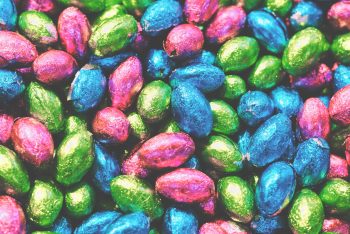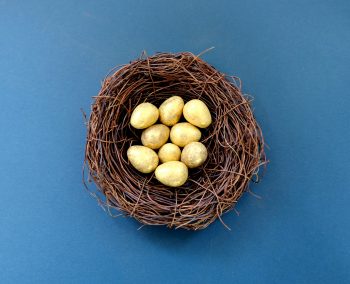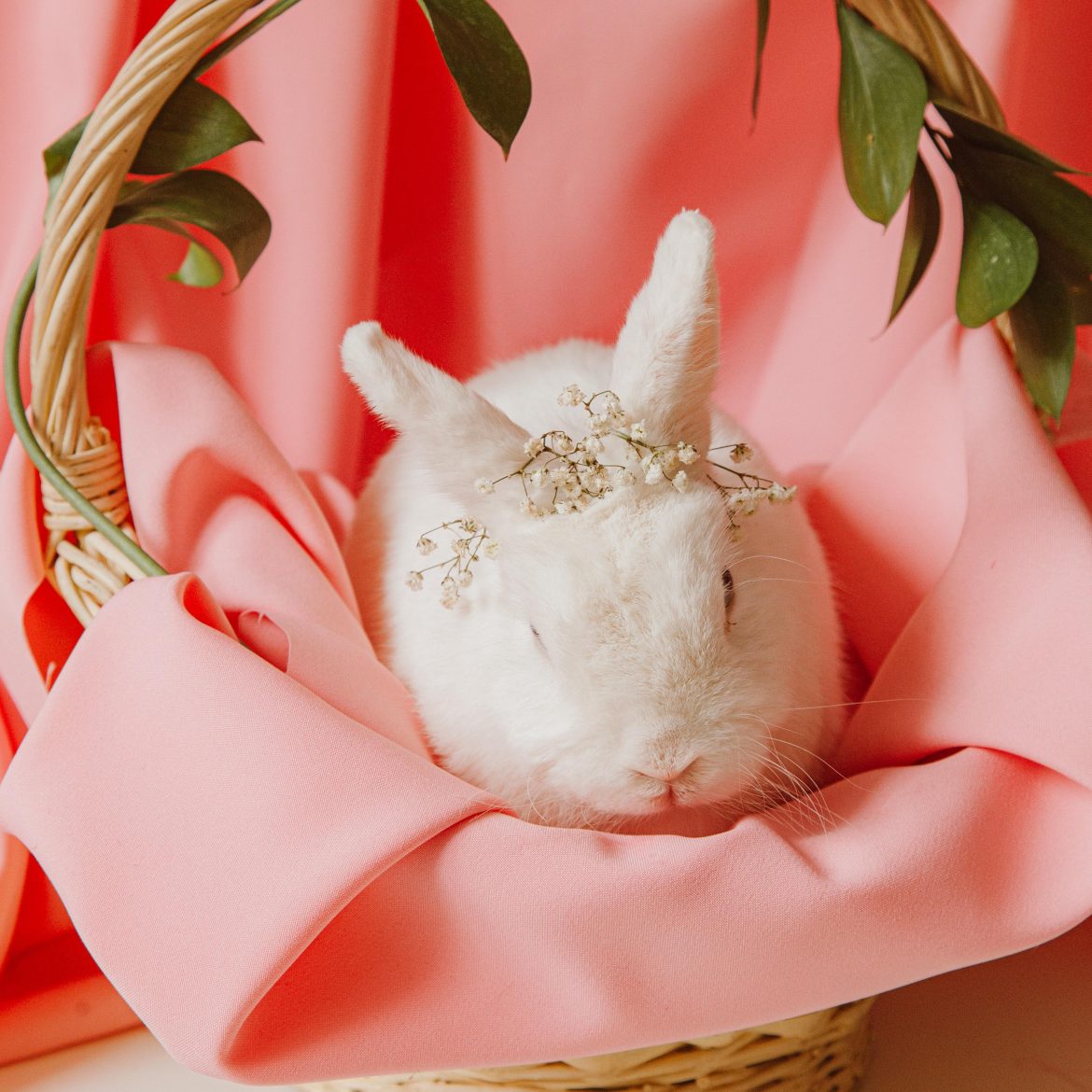Have you ever wondered where the Easter bunny comes from?
While the link between bunny rabbits and Easter seems tenuous at best, it’s that time of year when images of our long-eared, white-furred friend are plastered all over shop windows. But how did the two become synonymous, and where do chocolate eggs fit into the picture?
The origins of Easter
Easter, (or Pascha, as it is known in Greek) is a Christian holiday that celebrates the resurrection of Jesus from the dead. In the New Testament of the Bible, it’s known as the third day after His burial, following the crucifixion by the Romans.
Although it’s a holiday of highly religious significance for Christians, many traditions associated with Easter date back to pre-Christian, pagan times. Some accounts claim that Easter is linked to the Pagan goddess and festival of spring, both named ‘Eostre’. Easter also always falls on the first Sunday after the first full moon, which follows the spring equinox. This explains why it falls on a different date every year.
For those in the Northern Hemisphere, spring is associated with excitement because it signifies the end of winter. It also means the coming back to life of plants and trees; and the birth of new life in the animal kingdom. As such, Easter has come to be synonymous with the concepts of new life and rebirth. It was only natural, therefore, for Christians to celebrate the resurrection of Jesus at this time of the year.
But where does the Easter bunny come from?
Rabbits, known to breed like, well, rabbits; and eggs, are both symbols of fertility and good fortune ahead of the most bountiful season of the year. Goddess Eostre was also said to transform her pet bird into a rabbit to entertain children.
Then, The Madonna of the Rabbit was painted in 1530, and depicts the Virgin Mary with a white rabbit, which signifies both fertility and purity. It gives the rabbit a clear link to religion, and perhaps points to the fact that baby Jesus would have been conceived around Easter. In ancient times it was also believed that rabbits could breed without having intercourse, so the rabbit could also be an allusion to the conception of Christ without sin.

Pexels
However, it seems you can thank the Germans for all your childhood memories of hunting multi-coloured eggs. The exact origins of the Easter Bunny tradition are unknown. But some historians believe it arrived in America with German immigrants in the 1700s. The ‘Osterhase’ (which literally means, ‘Easter hare’) was believed to bring eggs to good children. Over time, the image of the wild hare was replaced by the more adorable bunny that we know today.
Others simply speculate that we’ve naturally come to associate Easter with rabbits. This is purely because of how many more hoppers there are around spring time. Either way, by the end of the Second World War, the Easter Bunny was a concept firmly planted in the minds of children all over the world.
Is this why we have chocolate eggs?
The egg is an ancient symbol of new life and decorated eggs have been part of the Easter festival since medieval times. In fact, the tradition of painting eggs in Germany can be traced back as far as the fourth century AD.

Pexels
In Christianity, eggs were stained red as a symbol of the blood of Christ shed during the crucifixion. So, the hollow Easter egg is a symbol of the empty tomb after Jesus was resurrected. While the oldest tradition was to dye chicken eggs, the modern custom is to substitute decorated chocolate, or plastic eggs filled with sweets.
While the precise origins of many Easter customs remain unknown, what’s clear is that the Easter bunny and his delicious chocolate eggs are (thankfully) not going anywhere.
ALSO SEE:
Entertain the whole family: where to go and what to do this Easter weekend
Feature Image: Pexels

